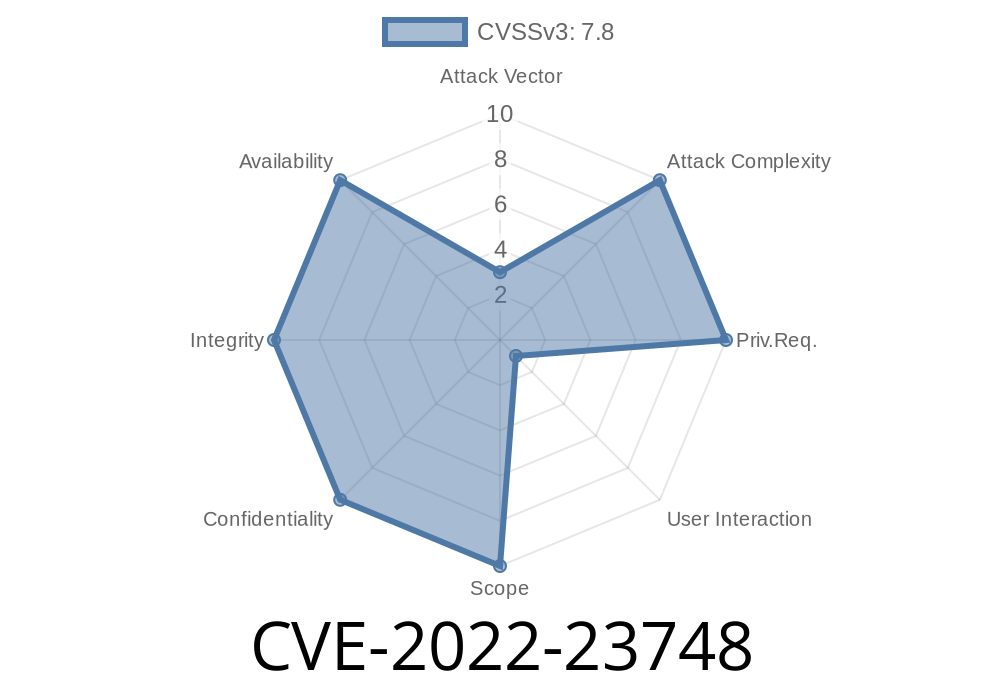mDNSResponder.exe, a part of Apple's Bonjour service, is vital for discovering and connecting with network devices over the local network. However, it has recently come to light that this executable is vulnerable to a critical DLL Sideloading attack, which can lead to unforeseen and devastating consequences. In this long-read post, we aim to provide insights into the exploit's nitty-gritty details, code snippets, and links to original references while maintaining simplicity in the language.
Background
DLL Sideloading is a technique used by malicious actors to exploit a legitimate program's functionality by forcing it to load a malicious DLL. The attackers rely on the software's flawed design that insufficiently specifies the loading conditions, such as which DLL to load and from which folder. As a result, the software ends up loading the attacker's malicious DLL files instead of the intended, genuine ones, leading to compromise and damage.
Exploit Details
The vulnerability, identified as CVE-2022-23748, affects mDNSResponder.exe due to its improper handling of DLL loading. Essentially, mDNSResponder.exe fails to specify the exact path, conditions, or library file needed while loading the DLL. This oversight allows an attacker to insert a malicious DLL file into the search directory, effectively tricking the executable into loading the harmful file.
Once loaded, the attacker's DLL can wreak havoc on the victim's system, providing unauthorized access to sensitive data and executing arbitrary or malicious code.
Code Snippet
The following code snippet demonstrates the DLL Sideloading attack on mDNSResponder.exe using a malicious 'mswsock.dll':
#include <windows.h>
// Entry point for our DLL
BOOL APIENTRY DllMain(HMODULE hModule, DWORD ul_reason_for_call, LPVOID lpReserved)
{
switch (ul_reason_for_call)
{
case DLL_PROCESS_ATTACH:
case DLL_THREAD_ATTACH:
case DLL_THREAD_DETACH:
case DLL_PROCESS_DETACH:
break;
}
// Code to execute when the malicious DLL is loaded by mDNSResponder
MessageBox(NULL, L"DLL Sideloading Attack!", L"CVE-2022-23748", MB_OK);
return TRUE;
}
In this example, when the 'mswsock.dll' is loaded by mDNSResponder.exe, it will display a message box to signify that the DLL Sideloading attack was successful.
Original References
1. Original disclosure and detailed explanation of the vulnerability - Link
2. CVE details - Link
3. Exploit database entry - Link
4. National Vulnerability Database (NVD) entry - Link
Conclusion
CVE-2022-23748 is a severe vulnerability affecting mDNSResponder.exe, which opens the door for malicious attackers to exploit the system via DLL Sideloading. It is crucial to understand the implications of such vulnerabilities and update software accordingly to minimize the risk of compromise. Always be cautious about which software and libraries are installed on your system, and ensure that they are up-to-date and from trusted sources.
In addition, software developers must be vigilant about handling DLL loading in their code, explicitly specifying the search directory and loading conditions, preventing DLL Sideloading attacks.
By being aware of these risks and taking the necessary precautions, both users and developers can contribute towards creating a more secure computing environment for everyone.
Timeline
Published on: 11/17/2022 23:15:00 UTC
Last modified on: 12/23/2022 17:03:00 UTC
